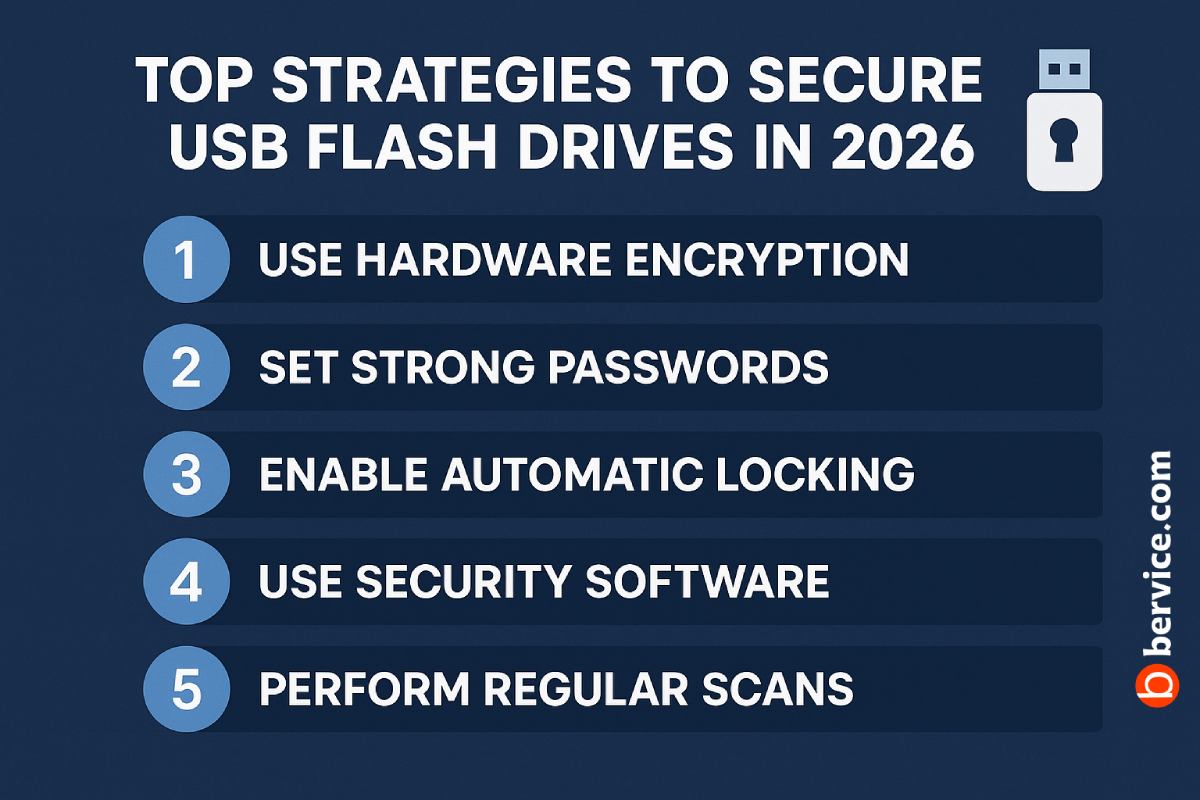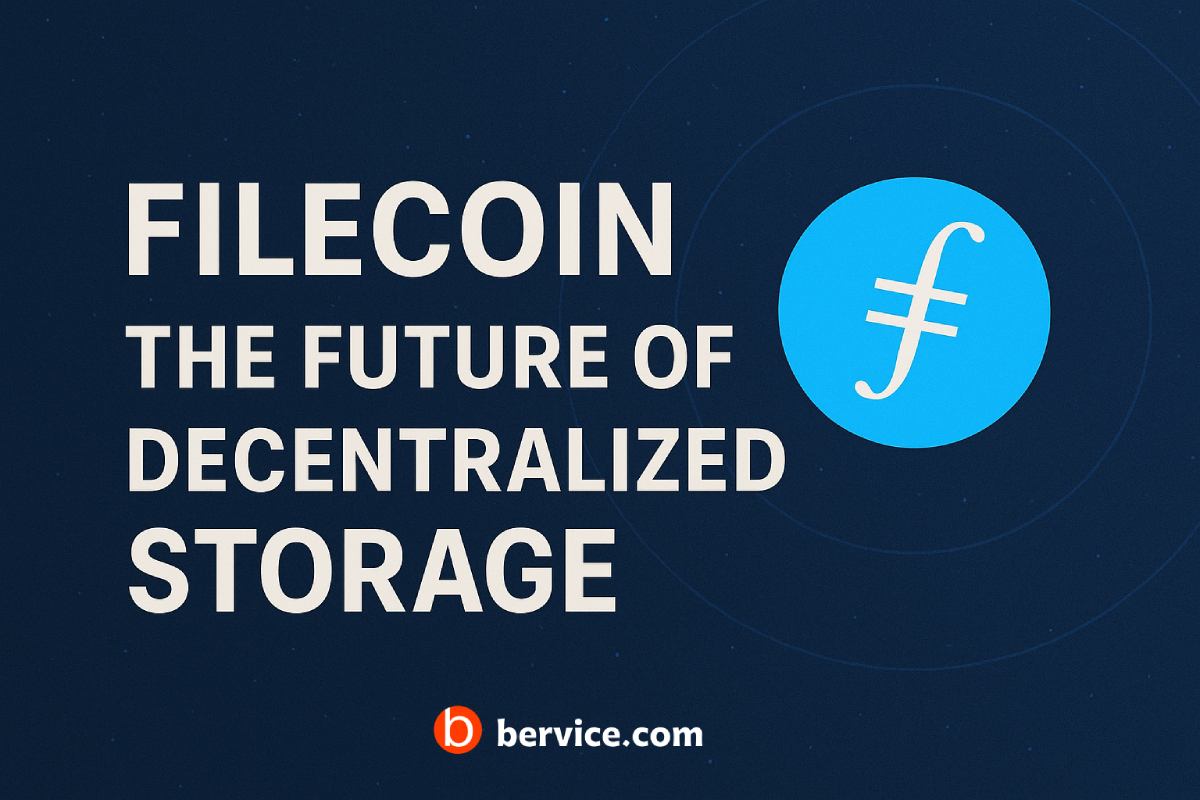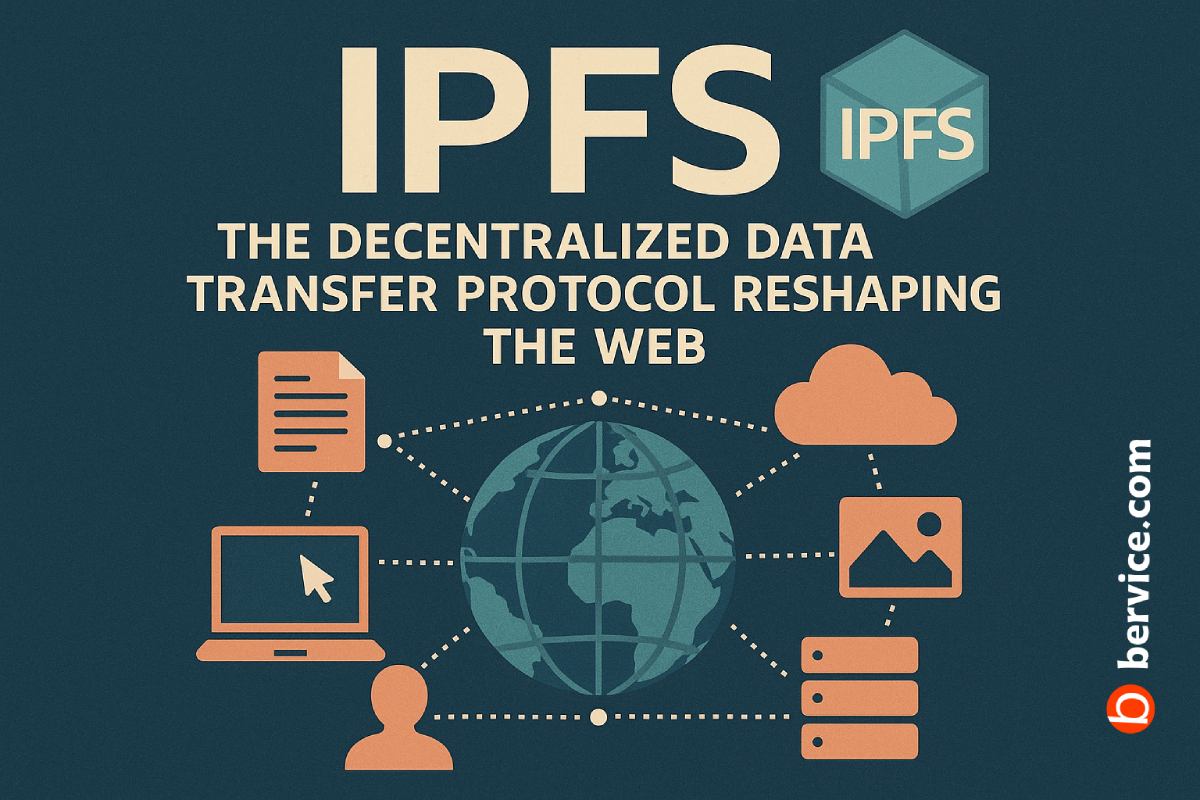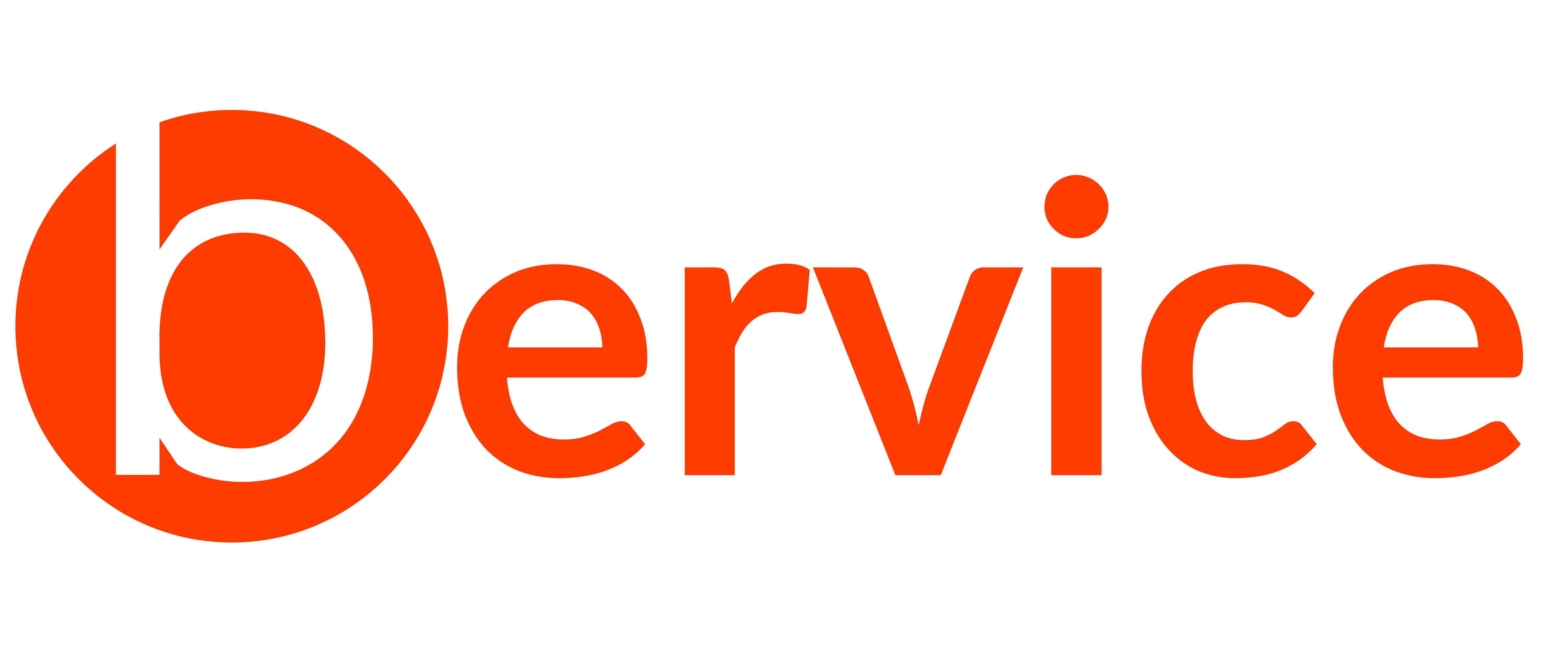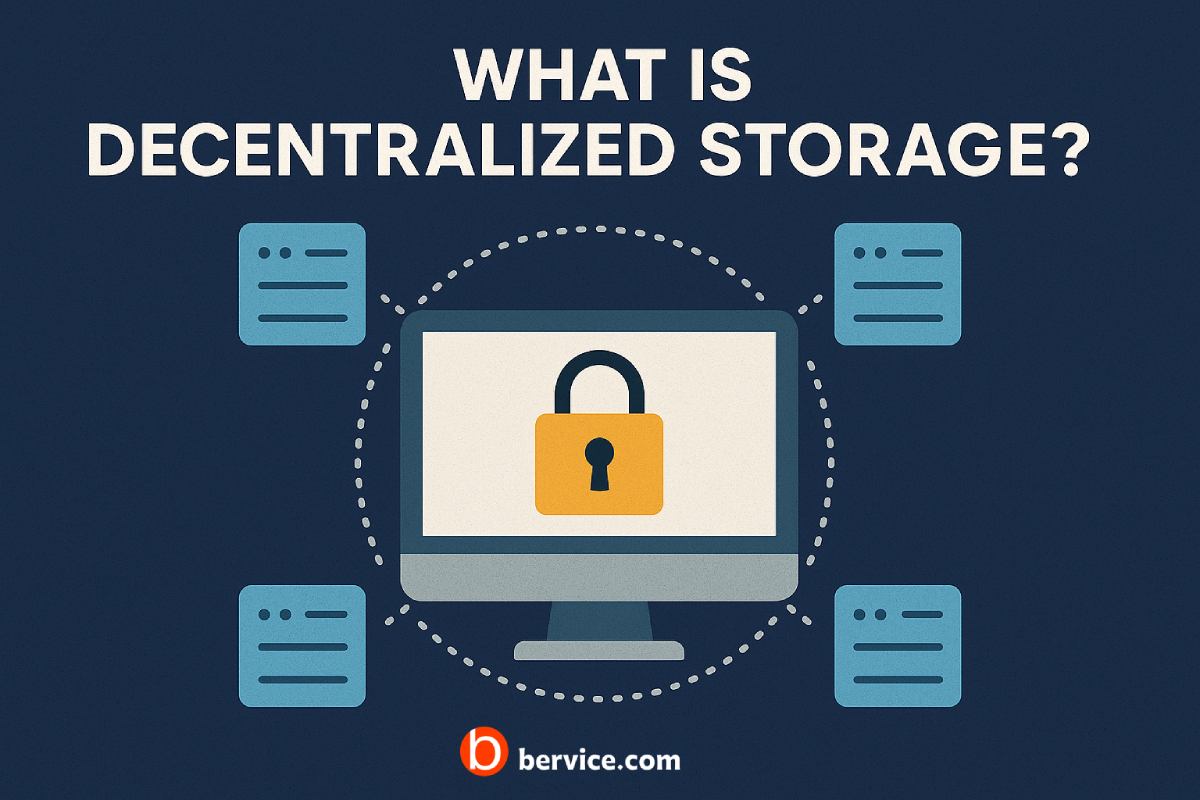
Reimagining Data Sovereignty in the Web3 Era
Introduction
In today’s data-driven world, centralized cloud storage providers like Google Drive, Dropbox, and Amazon S3 dominate the landscape. While these services offer convenience, they come with critical trade-offs — single points of failure, data breaches, censorship risks, and limited user control. In contrast, decentralized storage offers a revolutionary shift: storing data across multiple nodes, ensuring resilience, privacy, and ownership. But what exactly is decentralized storage, and why is it becoming a cornerstone of Web3 and blockchain technology?
Understanding the Basics
Decentralized storage is a model where data is stored across a distributed network of independent nodes rather than on centralized servers. Each node can belong to different individuals or organizations, and data is typically encrypted, fragmented, and replicated across several locations to ensure accessibility and security.
Unlike traditional cloud services controlled by single entities, decentralized storage protocols use blockchain or peer-to-peer (P2P) networks to coordinate storage, access, and compensation — ensuring no one entity holds full control over the data.
Popular platforms include:
Key Features and Benefits
🔐 Security & Privacy
Decentralized storage encrypts files before distribution. Even the storage nodes cannot access the raw data. This zero-knowledge approach protects user privacy and minimizes risks from data breaches.
📦 Redundancy & Reliability
By splitting files into multiple chunks and distributing them globally, decentralized systems eliminate single points of failure. If one node goes down, others can retrieve the data.
💰 Economic Incentives
Incentive mechanisms (typically using cryptocurrencies) reward storage providers for renting out unused disk space. This model creates a market-driven storage ecosystem where users pay only for what they use.
🛑 Censorship Resistance
Governments or corporations cannot unilaterally censor or remove data because it is hosted on thousands of distributed nodes — some anonymous, some permissionless.
How It Works Technically
- File Splitting: Files are broken into small pieces (shards or chunks).
- Encryption: Each chunk is encrypted individually.
- Distribution: Encrypted pieces are distributed to various nodes in the network.
- Redundancy: Multiple copies are stored to ensure fault tolerance.
- Retrieval: When requested, the system fetches all chunks, decrypts them, and reassembles the original file.
Blockchain networks may record metadata such as hash pointers, access controls, and payment history — ensuring transparency and traceability.
Use Cases of Decentralized Storage
- 🌐 Web3 Applications: Hosting dApps, smart contract data, and NFTs securely.
- 📄 Archival & Publishing: Immutable public records, academic archives, or whistleblower content.
- 📱 Personal Cloud Storage: Secure backups without trusting Big Tech.
- 🏢 Enterprise Compliance: Tamper-proof logging for industries like healthcare and finance.
- 🎥 Media & CDN: Distributing large files like videos without centralized bottlenecks.
Challenges and Considerations
Despite its promise, decentralized storage still faces several challenges:
- Adoption & UX: Many systems are still too technical for mainstream users.
- Latency: Retrieving data from distributed nodes can be slower than from centralized servers.
- Regulation: Legal frameworks for cross-border, decentralized data are still evolving.
- Data Integrity: Ensuring all nodes store data faithfully over time requires robust verification mechanisms.
Projects are actively working to improve scalability, access speed, and seamless integrations with existing systems.
The Future of Storage Is Decentralized
As Web3 matures and users demand more control over their data, decentralized storage is emerging as a critical pillar of the next-generation internet. It aligns with the core principles of decentralization: privacy, ownership, transparency, and resilience. With increasing support from developers, businesses, and blockchain ecosystems, the future may see decentralized storage rival — or even replace — traditional cloud models.
Conclusion
Decentralized storage is more than just an alternative to cloud storage; it’s a paradigm shift. By eliminating centralized control, encrypting data, and incentivizing global participation, it offers a future where individuals and organizations can secure their digital assets without compromise. Whether you’re a developer, business, or privacy advocate, now is the time to explore decentralized storage solutions and take back control of your data.
Connect with us : https://linktr.ee/bervice
